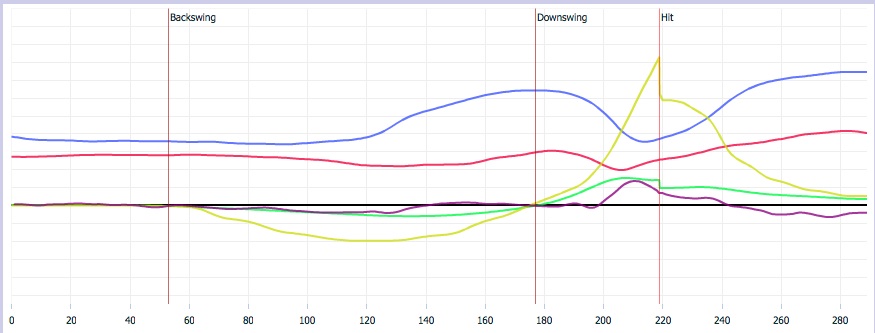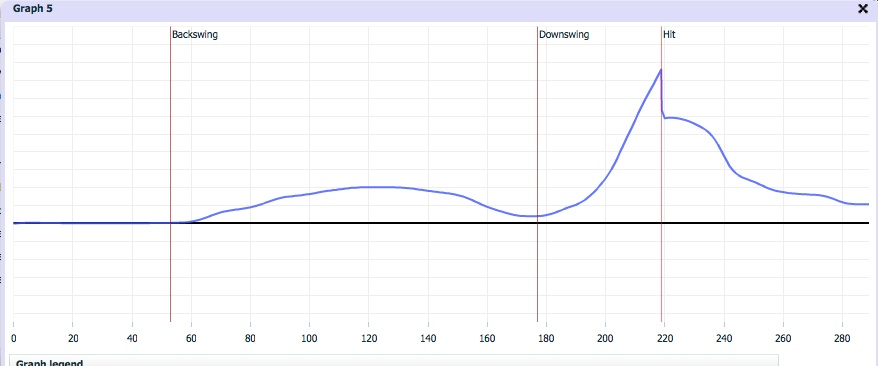Degrees are nonsense without directions.
I agree, much like graphs without the axes labeled
My reply was an explanation as to why the information you are asking about was not supplied--it was not taken from a published article. It was a brief informal answer to the question Jeffy asked.
All an assumption on my part but, in reading that answer again I understand him saying that 0* is when the hands are at their lowest point. Then a (-) degrees is that many degrees prior to low point.
Last edited:


